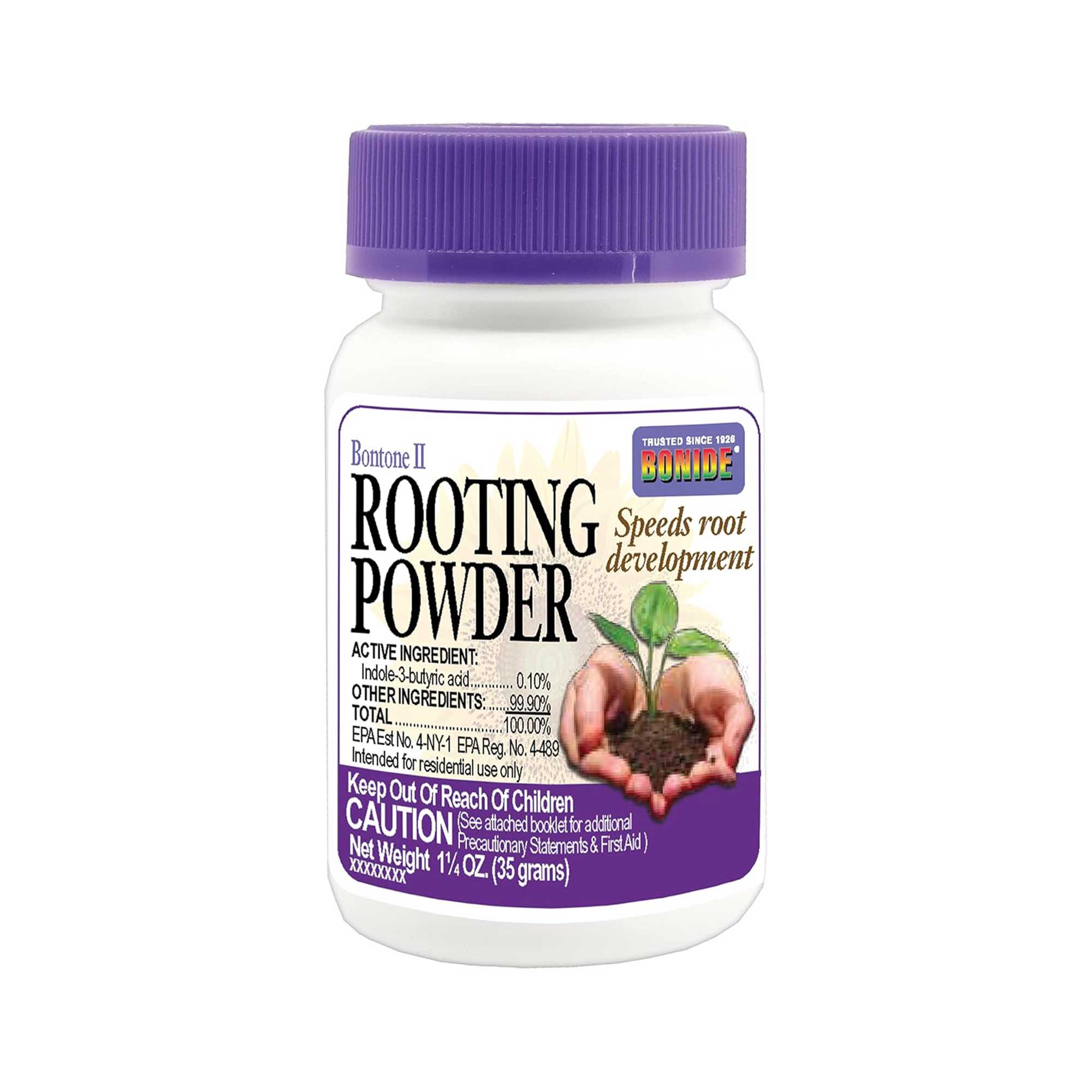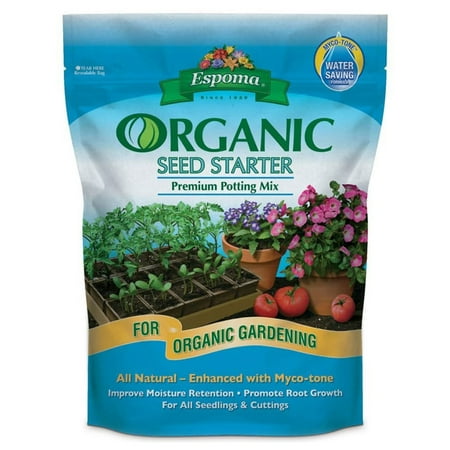How to take evergreen magnolia cuttings – late summer is the best time to take semi-ripe cuttings and grow more magnolia trees for free
If you have a large Southern magnolia (or other evergreen species), August is a good time to take cuttings

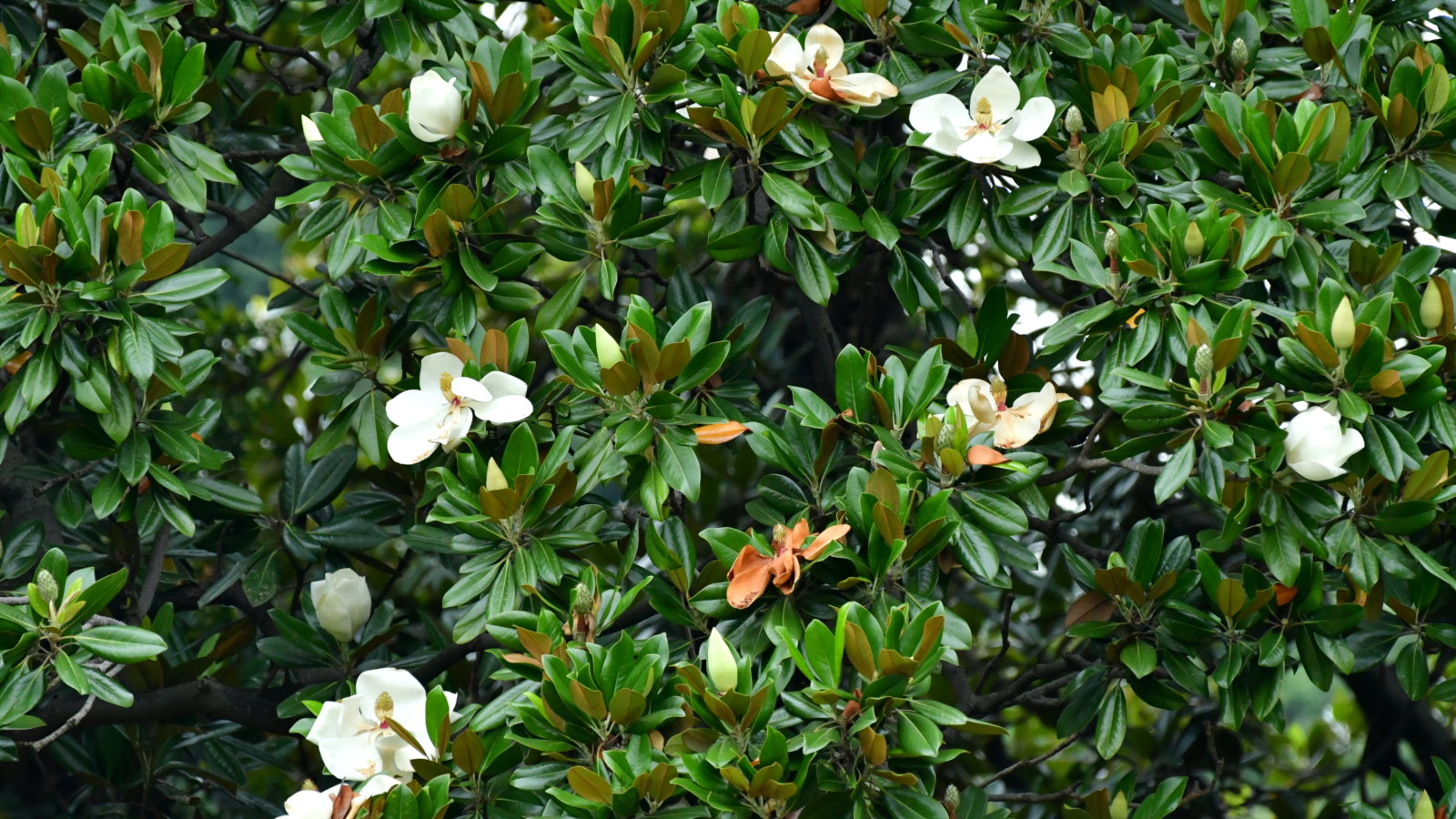
There are over 100 species of magnolias growing worldwide that might be considered evergreen, although the most famous is surely the southern magnolia, or Magnolia grandiflora, found growing across much of the southeastern United States, from Texas to North Carolina.
With elongated glossy leaves, evergreen magnolias add a year-round green backdrop to plots, and, with those big, creamy blooms, what's not to love? Learning how to take evergreen magnolia cuttings in summer is a good way to boost your tree collection for free, and while it might require a little patience, the payoff is surely worth it.
The trick to success? Getting the timing right. After all, you can do everything correctly, but if it is the wrong time of year, you are doomed to failure. So, if you already know how to grow and care for a magnolia tree, it is not too much of a stretch to get on with some propagating this summer, too. Just don't leave it too late in the season.

How to take evergreen magnolia cuttings
There are lots of different evergreen magnolia trees, although the most popular native plant would be the southern magnolia, or Magnolia grandiflora, which grows in zone 6 plus.
If you have got one growing in your yard, here's how to take evergreen magnolia cuttings during summer.
When to take evergreen magnolia cuttings
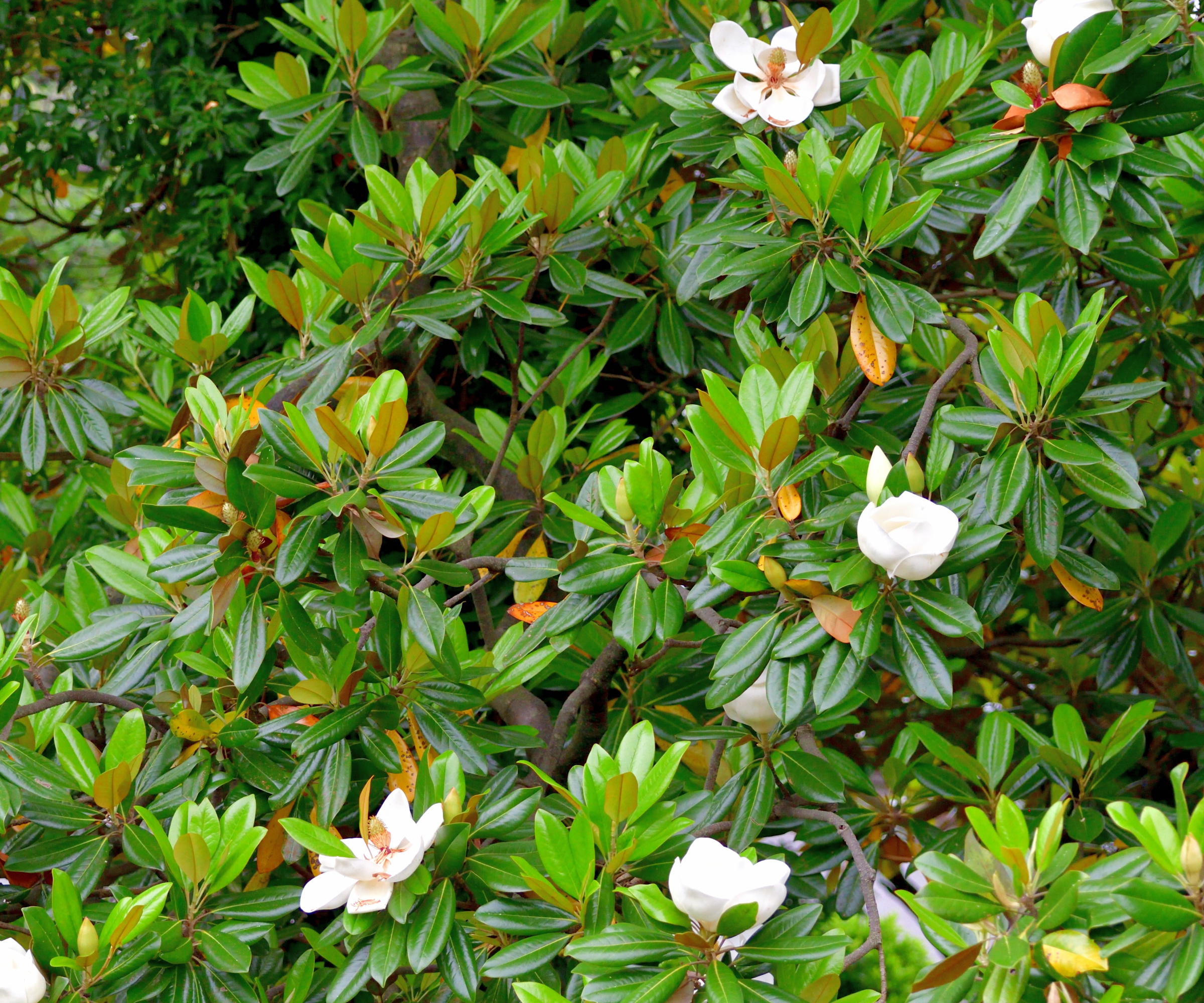
In terms of when to propagate evergreen magnolias, your best bet is to take semi-ripe cuttings during late summer when the new growth produced this year is still green and flexible and not fully hard or woody. So, evergreen magnolias are best thought of as plants to propagate in August.
Pick a mild week (ideally not during a heatwave), taking your cuttings during a cool, mild morning, as plants tend to be more hydrated earlier on in the day.
Design expertise in your inbox – from inspiring decorating ideas and beautiful celebrity homes to practical gardening advice and shopping round-ups.
How to take evergreen magnolia cuttings
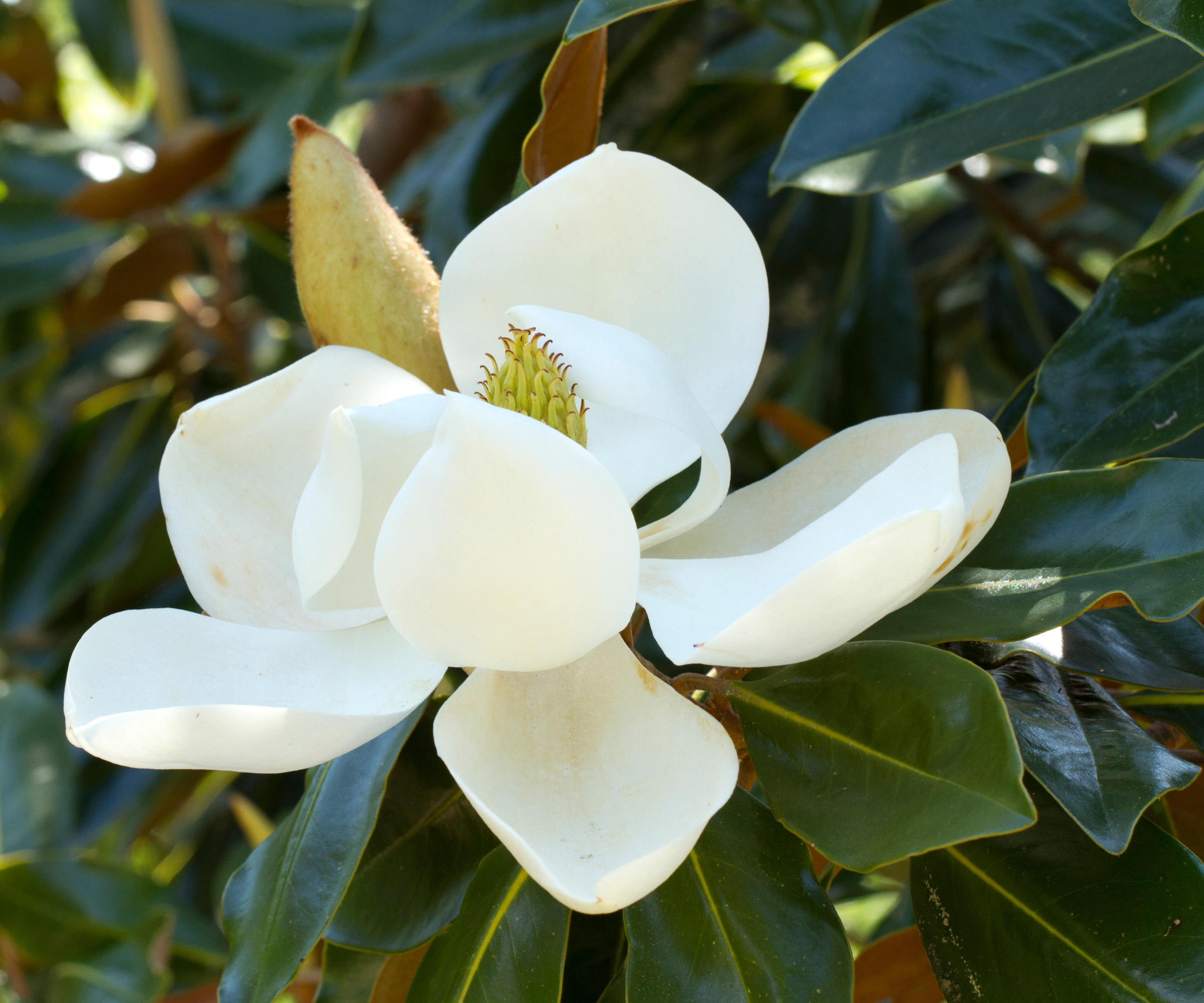
- Grab some clean, sharp tools, like these Fiskars snips from Walmart. Then, identify half a dozen or so healthy green magnolia shoots.
- Simply snip six to eight-inch stems that do not have any flowers on. You want to use stems that are somewhere in between woody and fleshy, dropping them in a bucket of water as you cut.
- If you need to, strip the foliage from each cutting, leaving just one or two magnolia leaves at the top. If they are big leaves, you can trim them down so they are not quite so large.
- Make the bottom cut diagonal, slicing just under a leaf node.
- While rooting hormone is optional, it can help with the development of roots for your magnolia cuttings. Simply dip the bottom inch or so of your cuttings in water, then in rooting hormone powder, available from Amazon.
- Then, you can plant the bottom of the cutting (roughly three or so inches) into small pots filled with well-drained potting mix. You will want to use a potting soil that is produced with cuttings and seedlings in mind, as these formulas have added drainage. Alternatively, you can simply add a scoop of grit into your potting soil.
- Give your magnolia cuttings pot a good watering, either using a can or soaking from the bottom.
- Then, place the pot in a cold frame or greenhouse, keeping it out of direct sunlight. Monitor the soil every few days to ascertain whether you need to water. You do not want the soil to be overly damp, but you also want to avoid it being bone dry, too.
- Magnolia grandiflora are considered tricky plants to root from cuttings, so you will need to be patient. In some instances, it might take a few months (maybe more than six) to spot signs of roots.
FAQs
Can I root evergreen magnolia cuttings in water?
No, propagating evergreen magnolias in water is generally not recommended as a reliable method for growing more of these flowering instead. Instead, stick to semi-ripe cuttings taken in late-summer as the best approach.
While the southern magnolia is considered difficult to root from cuttings, it is certainly worth a try. Just be patient, and keep your cuttings in a cool but protected spot. With any luck, one or two might prove successful. And, if all fails, try again next year.
There are many other trees and plants to take cuttings from during late summer, including penstemons and lavender. As a gardener, my advice is always to take a few more than you need as an insurance policy. In general, you will probably lose one or two cuttings.
Shop propagation kit

Thomas is a Content Editor within the Gardens Team at Homes and Gardens. He has worked as a professional gardener for both public spaces and private estates, specializing in productive gardening, growing food and flowers. Trained in Horticulture at the Garden Museum, he has written on gardening and garden history for various publications, including The English Garden, Gardens Illustrated, Hortus, The London Gardener and Bloom. He has co-authored a Lonely Planet travel book, The Tree Atlas, due out in 2024.
